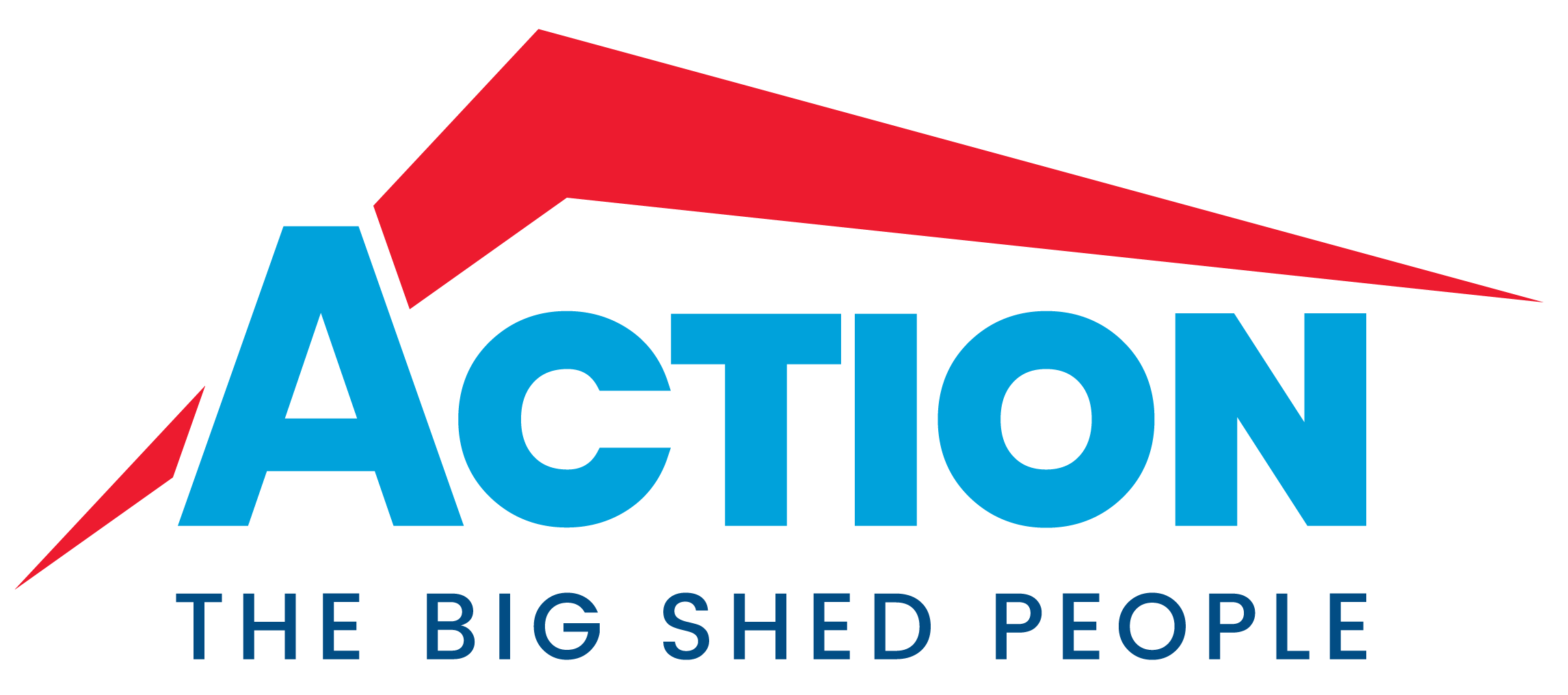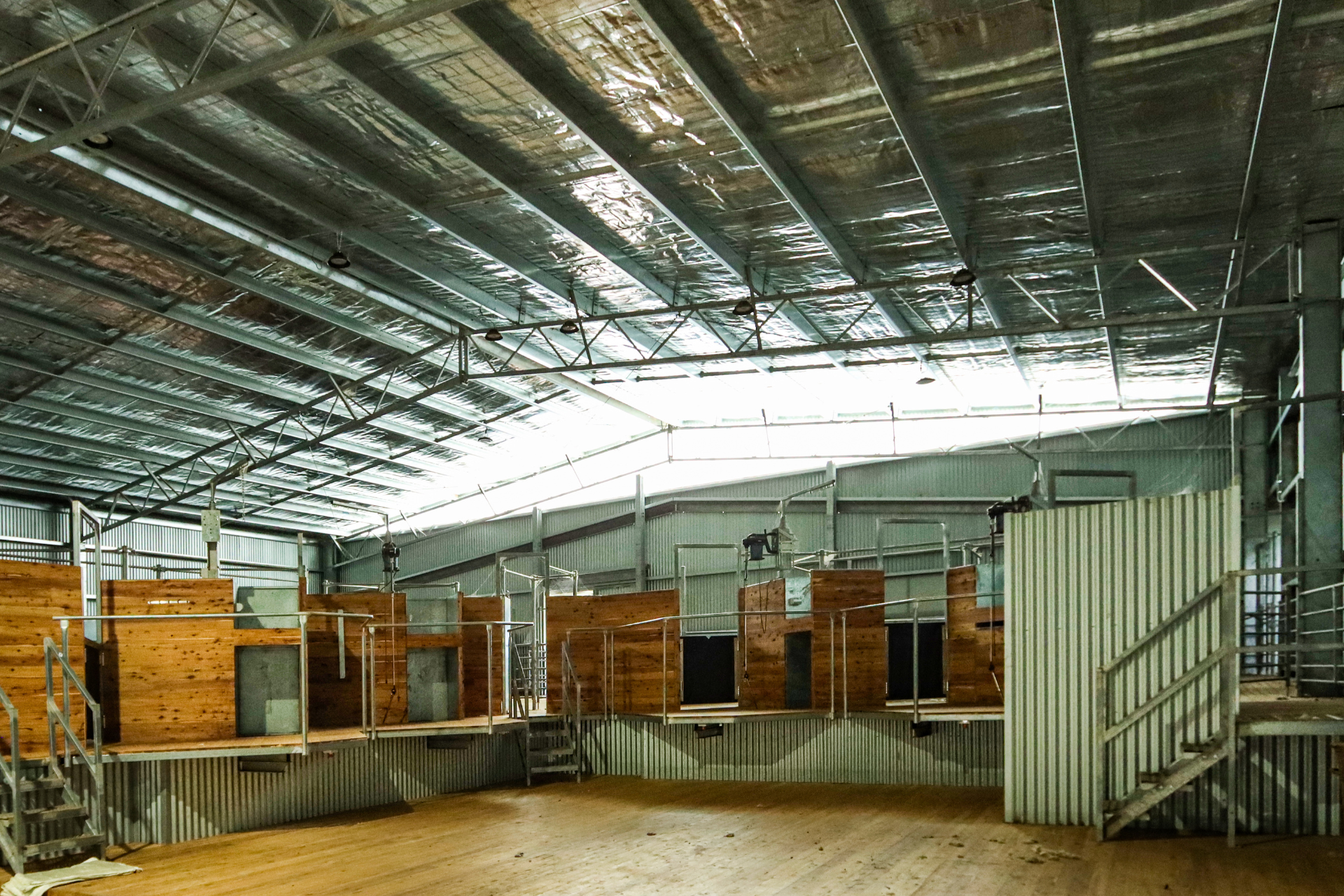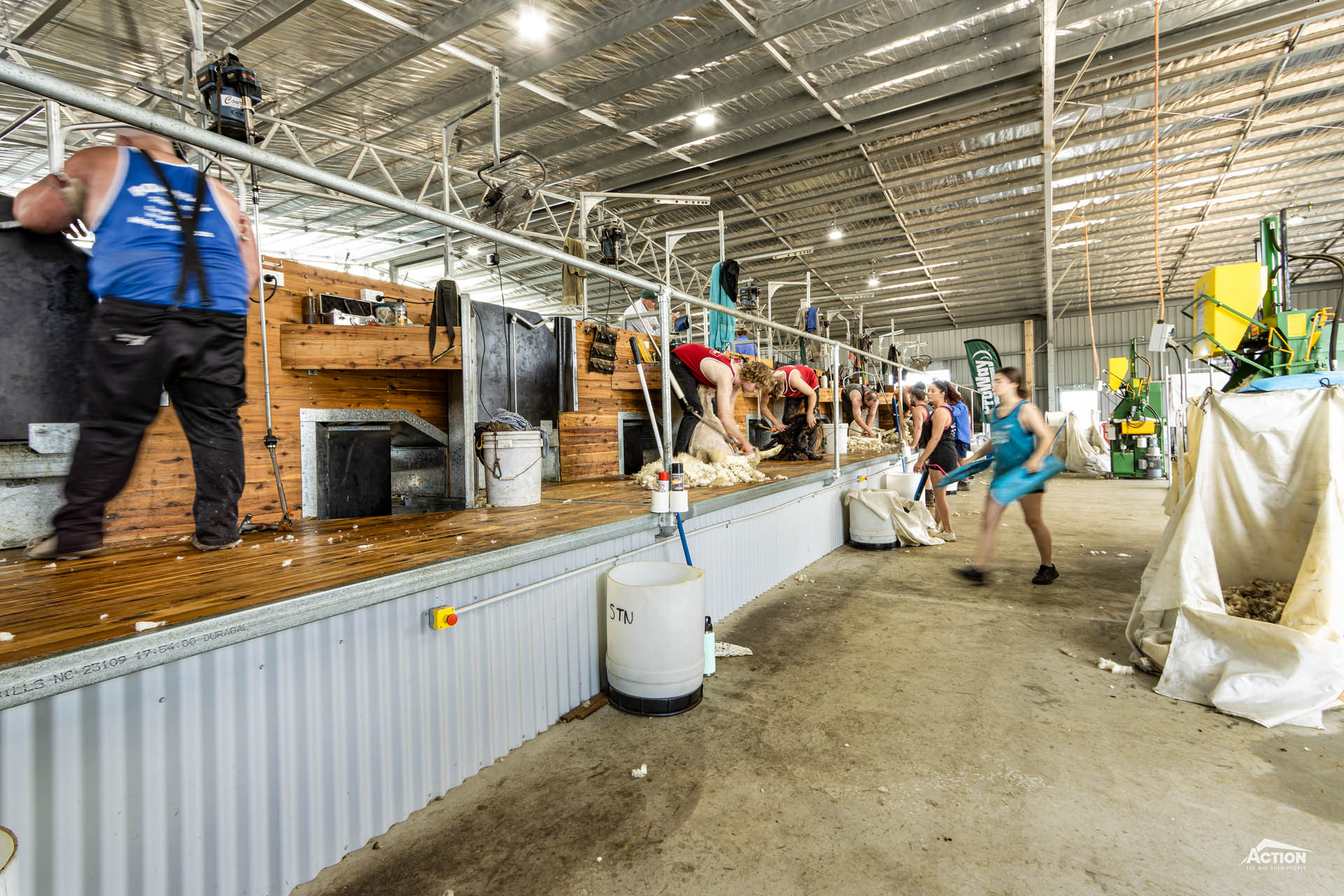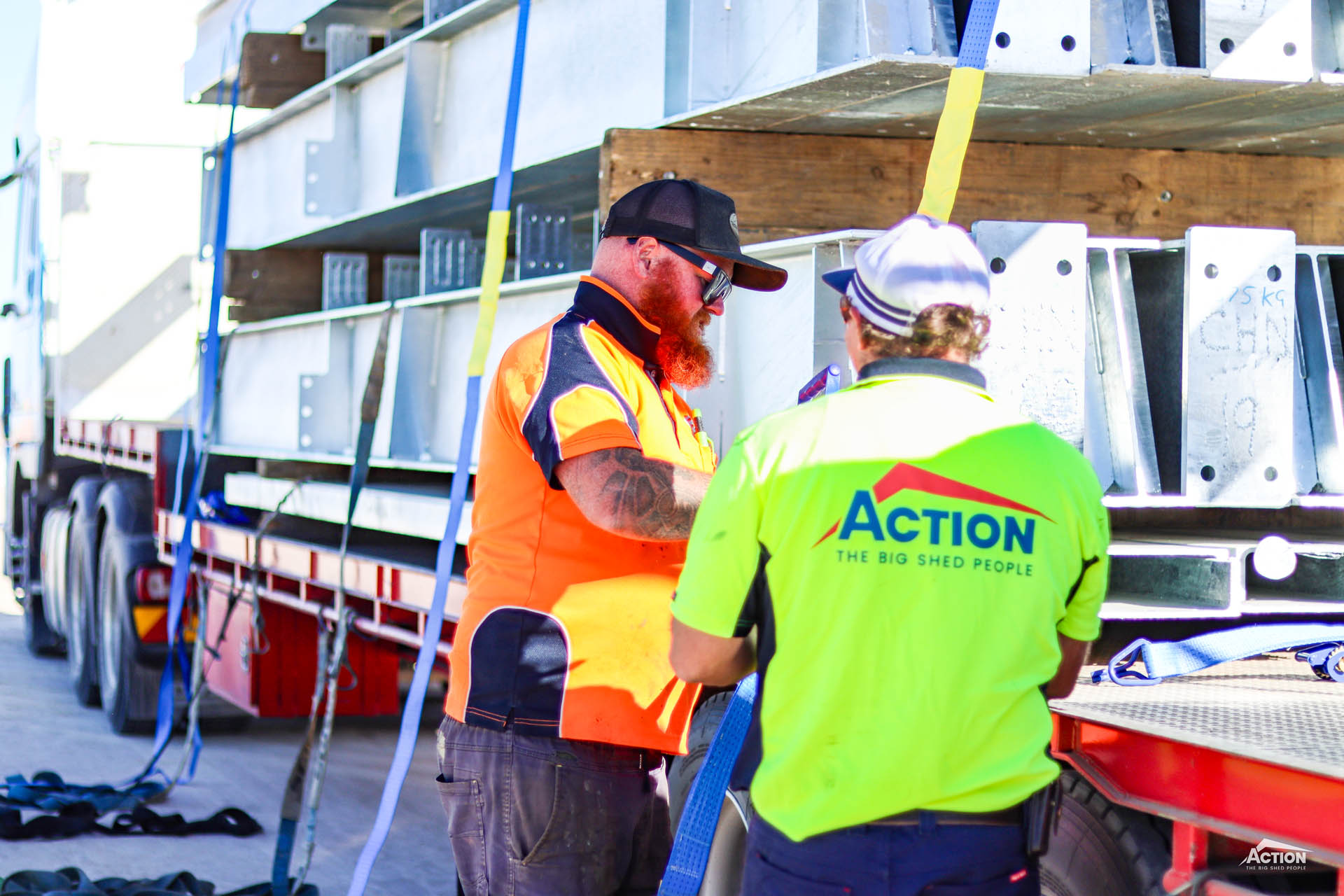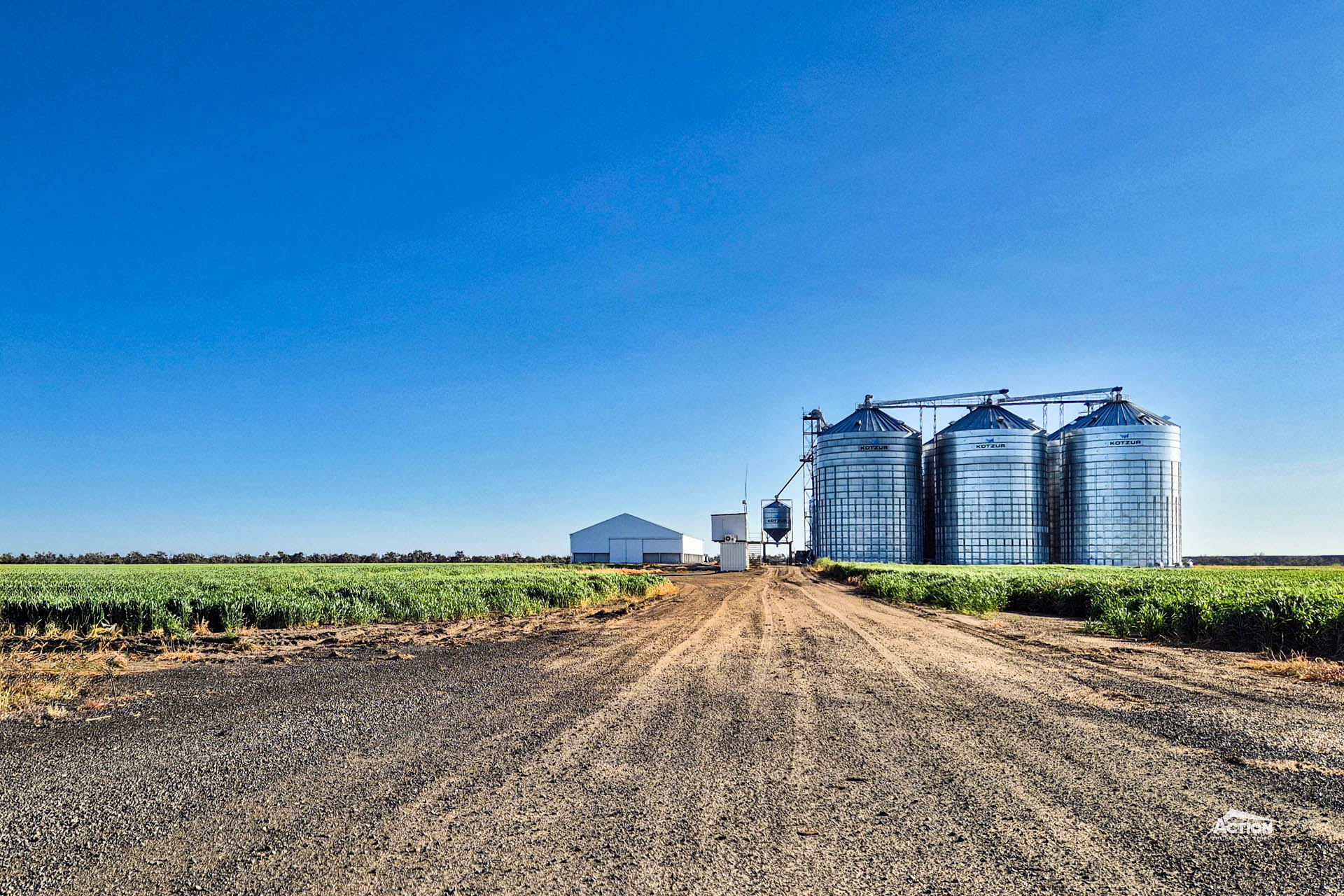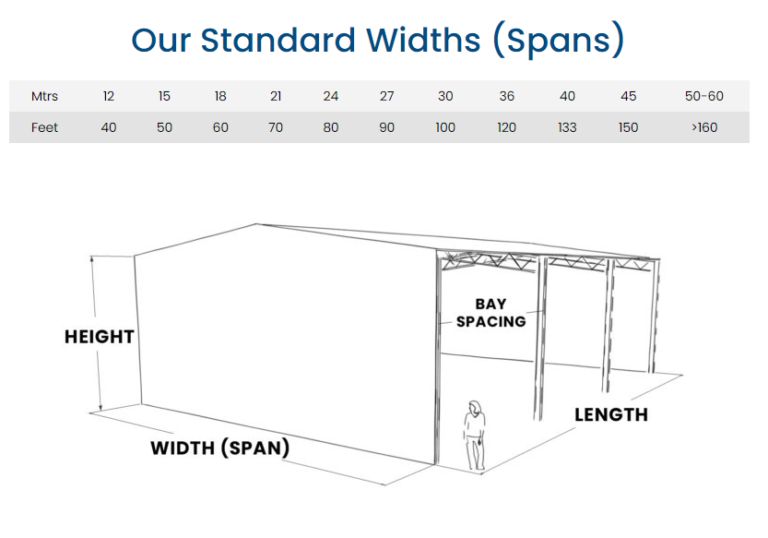Embarking on a new shearing shed build? Considering a raised board shearing shed?
A new shearing shed build requires significant financial investment.
However, a well-planned shearing shed will be well worth the investment, improving productivity, efficiency and safety, as well as providing substantial operational benefits for years to come.
Arguably the most important benefit of having good shearing shed infrastructure is the role it plays in securing quality and reliable labour.
A good shearing shed does require careful planning and one design detail to pay attention to is the board. Whether it is going to be a flat board, or a raised board shearing shed.
This is a topic where opinions continue to differ, and this is due to the fact the board design impacts individuals and roles in the shed differently.
There are pros and cons for both designs and sometimes the choice simply comes down to personal preferences.
In this article, you will find an overview of the main advantages and disadvantages of a raised board.
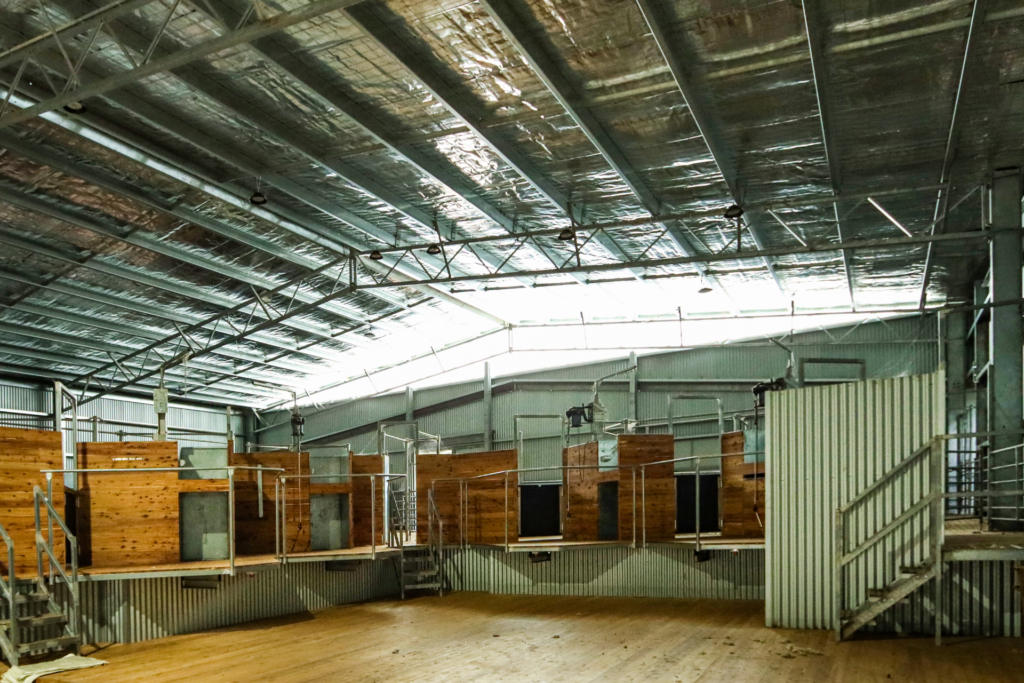
We have also provided some project price guides, ideas and inspiration.
We hope this helps you decide if a raised board is the right choice for your shed.
First up, let’s look at the pros and advantages of raised board shearing sheds.
Advantages of Raised Board Shearing Sheds
There is a reason that raised boards are the most common design, and that is because they do have a lot of advantages.
Some of the main advantages include:
- Shed workers don’t encroach on the shearer’s space as the shearers have their own area above the wool room floor. This reduces interference between shearers and shed workers and makes it safer for all involved.
- Shed workers can access and pick up the fleece easily, with no bending required. This helps reduce repetitive strain injuries and fatigue and is also more time efficient.
- There is a range of customisation options including straight, curved, sawtooth and L-shaped designs.
- Stained wool can easily be removed during shearing as the board can be used as a table when checking bellies.
- Sloped catching pens can be angled towards the board to make it easier for shearers to access sheep.
- The board can easily be kept clean and clear during crutching.
- There is often a storage area under the board that can be used for locks and equipment.
- Having the wool room on the ground level means it can be used as a storage area when the shed is not being used for shearing. We usually recommend upsizing the wool room for this reason.
Disadvantages of Raised Board Shearing Sheds
While the advantages are impressive, to make this a fair discussion we should also consider the potential disadvantages of a raised board.
These include:
- A raised board shearing shed can cost more than a flat board shed, particularly if you are working with a local carpenter or builder rather than a fit-out specialist.
- There is a safety concern associated with shearers working above the wool room floor.
- Handrails installed for safety reasons can prevent shed hands from being able to help shearers restrain sheep or pull the cord.
- Wool handlers may prefer a flat board as a raised board means that their upper body and head are working at the height of a moving animal and hand piece.
- There are two work areas to keep clean, compared to one surface of a flat board.
- Wool handlers are limited to accessing the fleece from one side and don’t have access around the fleece and shearer.
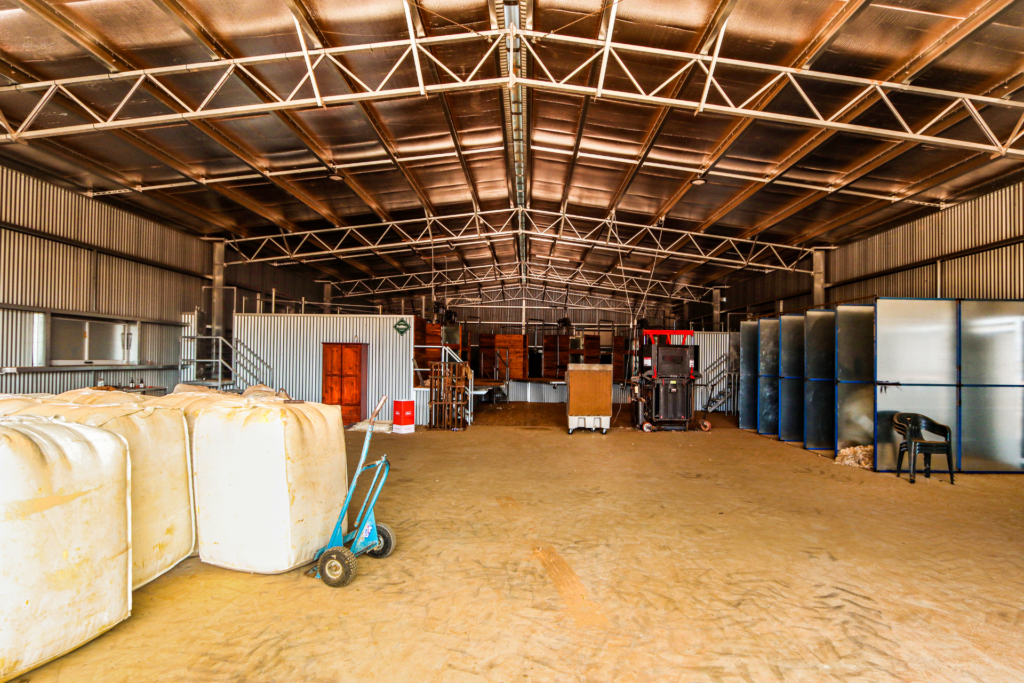
Verdict
So, what is the verdict?
Is a raised board shearing shed the way to go? Or should you consider a flat board?
As we have already mentioned, this is a topic where opinions differ and that is not likely to change.
There are advantages to a raised board, and there are ways to minimise or work around the disadvantages which we will discuss further on.
The most important thing is to establish what will be the best fit for your operation. This will involve considering your operational requirements and priorities. It should also include consulting with those working in the shed: shearers, wool handlers and contractors, and listening to their concerns and preferences.
The final decision will most likely come down to personal preference, and what works best for you – which may be different to someone else.
Keep reading for an indication of how much your project could cost.
Raised Board Shearing Shed Prices
There are two main costs to keep in mind for a shearing shed project. These are the shed component and the fit-out.
For custom shearing shed fit-outs by specialists like ProWay, you can generally expect to pay around $40,000 per stand. This will depend on how much grating area is required.
A module-style fit-out usually costs around $20,000 per stand (excluding installation) depending on the supplier. Some suppliers to consider for a module fit-out are Commander Ag or Stockpro. We recently worked with Commander Ag on this impressive project – Featured Project – 24 Metre Span Shearing Shed Complex.
For the shed component, the average cost is between $150,000 – $170,000 including GST, footing concrete and installation.
This obviously does depend on the shed size and design details. The shearing shed size and price list below show how the price can vary from project to project.
- A 16m x 12m x 4.5m shearing shed (suitable for a 3-stand fit-out and around 110 sheep undercover) would cost approx. $65,000 – $90,000.
- A 24m x 15m x 4.2m shearing shed (suitable for a 3-stand fit-out and around 230 sheep undercover) would cost approx. $100,000 – $130,000.
- A 32m x 24m x 5m shearing shed (suitable for a 5-stand fit-out and around 500 sheep undercover) would cost approx. $165,000 – $205,000.
You can learn more about shearing shed prices, here.
Project Ideas & Inspiration
Here are some project ideas for you to consider for your raised board shearing shed. You can also browse the gallery of recent shearing shed builds for inspiration.
- Safety rails can be braced from the shed truss to allow shed hands to sweep along the board.
- Stop buttons can be installed under the board so that rouseabouts and shed hands have unimpeded access.
- Hi-visibility paint or reflective stickers can be used to highlight the edges of the boards and steps to help reduce the risk of tripping and working at height.
- Upsizing the wool room for machinery and equipment storage can help you get the most out of your investment.
Useful Resources
We hope this discussion on board design has been helpful!
You may also find these resources and articles interesting:
- SafeSheds Program
- How Much Does It Cost To Build A Sheep Yard Cover?
- Featured Project – Sheep Yard Cover For Wallaloo Park
For more articles like this, browse our Learning Hub. Or for shearing shed quotes and information, give us a call on 1800 687 888.
